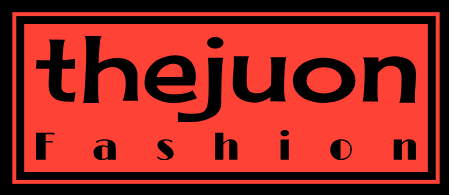Understanding Sustainable Sourcing
Choosing sustainable pet food means considering the entire supply chain, from farm to bowl. It’s not just about the ingredients themselves, but how they’re grown, harvested, and processed. Look for brands that prioritize ethical and environmentally responsible practices. This could involve things like reducing carbon emissions during transportation, minimizing water usage in farming, and ensuring fair labor practices for those involved in the production process. Transparency is key; a reputable company will readily share information about their sourcing practices.
Locally Sourced Proteins: A Greener Choice
Transporting ingredients across continents significantly impacts a product’s carbon footprint. Opting for pet foods featuring locally sourced proteins, like chicken, beef, or fish from nearby farms or fisheries, drastically reduces this environmental impact. This not only lowers emissions but also supports local economies and potentially results in fresher, higher-quality ingredients. Look for labels that specify the origin of the protein sources and ideally, the farms or fisheries they come from.

Insect-Based Proteins: A Sustainable Alternative
Insects are emerging as a highly sustainable protein source for pets. They require significantly less land, water, and feed than traditional livestock, leading to a smaller environmental footprint. Furthermore, insect farming often generates less greenhouse gas emissions. While insect-based pet food might seem unusual, many pets readily accept it, and it’s packed with nutrients. Look for brands that use insects raised ethically and sustainably.
Plant-Based Proteins: Reducing Reliance on Animal Agriculture
Plant-based proteins, such as peas, lentils, and chickpeas, provide a compelling alternative to animal-based proteins. Cultivating these crops generally requires fewer resources than raising livestock, contributing to lower greenhouse gas emissions and reduced land use. However, it’s important to ensure that these plant-based proteins are complete and provide all the essential amino acids your pet needs. Look for products that have been formulated by veterinary nutritionists to ensure balanced nutrition.
Sustainable Fish Sources: Protecting Our Oceans
If you choose a pet food containing fish, it’s crucial to ensure the fish are sourced sustainably. Overfishing poses a significant threat to ocean ecosystems, so look for certifications like the Marine Stewardship Council (MSC) label. This label indicates that the fish were caught using responsible fishing practices that help maintain healthy fish populations and minimize bycatch (unintentional catching of other marine life).
Minimizing Waste and Packaging: The Eco-Friendly Approach
Sustainable pet food brands are also mindful of packaging. Look for products with minimal packaging, made from recycled and recyclable materials. Avoid excessive plastic packaging and opt for brands that use compostable or biodegradable alternatives. Even small changes in packaging can contribute to a significant reduction in waste over time. Consider buying larger bags or purchasing in bulk to minimize packaging per unit of food.
Understanding Organic Certifications: Ensuring Quality
Organic certifications, such as those from USDA Organic, guarantee that ingredients were grown without the use of synthetic pesticides, herbicides, or fertilizers. This benefits both the environment and your pet’s health by reducing exposure to potentially harmful chemicals. Organic farming methods often promote soil health and biodiversity, leading to a more sustainable agricultural system. However, remember that ‘organic’ doesn’t automatically equate to ‘sustainable,’ so consider other factors as well.
Considering the Entire Life Cycle: Beyond Ingredients
Sustainability extends beyond the ingredients themselves. Consider the brand’s overall environmental impact, including energy consumption during manufacturing, transportation methods, and waste management practices. Look for companies actively working to reduce their carbon footprint and engage in responsible environmental stewardship. Supporting companies committed to full lifecycle sustainability ensures your choices contribute to a healthier planet for your pet and future generations.
Reading Labels Carefully: Making Informed Decisions
Finally, always read the labels carefully. Look for transparent labeling that clearly outlines the ingredients, their origin, and any certifications or sustainability claims. Don’t hesitate to contact the company directly if you have questions about their sourcing practices. Making informed choices about your pet’s food is essential for both their well-being and the health of our planet. Visit here to learn about sustainable pet food ingredient suppliers.

